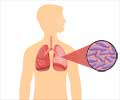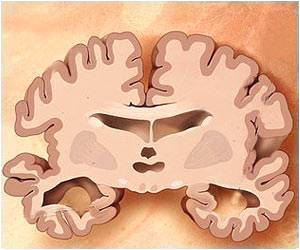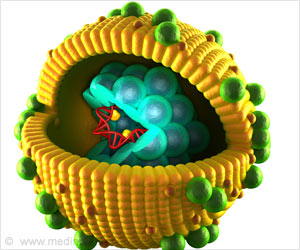Swiss scientists said Monday that they have further evidence to suggest that an enzyme secreted by the microbe that causes tuberculosis would make a promising target for new drugs
Swiss scientists said Monday that they have further evidence to suggest that an enzyme secreted by the microbe that causes tuberculosis would make a promising target for new drugs to combat the deadly infectious disease.
The Swiss team first identified the enzyme, protein kinase G (PknG), as a promising drug target back in 2004.At the time, they said that the protein is the secret weapon that enables the TB bug, Mycobacterium tuberculosis, to avoid being hunted down and destroyed by the body's immune system sentinels as most other pathogens are.
The protein apparently interferes with the functioning of the cells called macrophages that typically engulf and digest pathogens. Instead of absorbing and destroying the TB bacteria, the macrophages become host cells where the germ hides out.
In the same paper, the investigators said they had also identified a compound that could block the suspect protein, but they were concerned that by inhibiting this one protein, they would interfere with the action of other similar proteins secreted by the host cell.
"We wanted to be sure that inhibitors of mycobacterial PknG would not interefere with important host cellular functions," said Jean Pieters, a professor of biochemistry at the University of Basle in Switzerland and lead author of the paper.
So Pieters and colleagues decided to examine the chemical structure of the PknG molecule and the compound that inhibits it in atomic resolution, using a technique called X-ray crystallography.
Advertisement
"Since we now know exactly what the requirements should be for a good blocker and how to avoid interference with host kinases, we should now be able to rationally design compounds that are highly effective against PknG," said Pieters.
Antibiotics that are used to treat the illness are decades old, can be toxic and don't work on the bacteria in its dormant stage. What's more, some virulent strains of the airborne germ have emerged that are extensively drug resistant.
Pieters said that the new drugs by targeting different pathways than those used by existing antibiotics should side-step various problems with these drugs, specifically their inability to destroy the bacteria in its dormant form, which is one of the reasons that resistance has emerged.
The study appears in the Proceedings of the National Academy of Sciences.
Source-AFP
LIN/M










